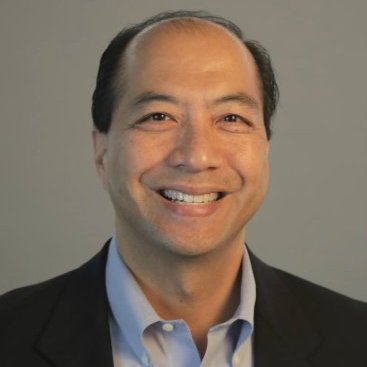Feb 9
2022
The Significance and Severity of the Healthcare Labor Shortage

By Ken Perez, vice president of healthcare policy and government affairs, Omnicell.
Originally, the Great Resignation was an idea, proposed by Anthony Klotz, a professor at Texas A&M University, that predicted a large number of people would leave their jobs after the COVID-19 pandemic ends and life returns to “normal.”
The pandemic has by no means ended, as Omicron, the latest COVID-19 variant, has dramatically reminded us. On Jan. 4, the U.S. Centers for Disease Control and Prevention reported that Omicron was the dominant COVID-19 strain in the nation, accounting for 95% of cases, and Anthony Fauci, chief medical advisor to President Joe Biden, has described Omicron as “raging through the world.”
Despite the continuation of the pandemic, a massive number of Americans did not wait to quit their jobs in 2021. According to the U.S. Bureau of Labor Statistics, in April 2021 a record 3.8 million people resigned, followed by a string of more record resignations in subsequent months: 3.9 million in June, 4.2 million in July, 4.3 million in August, and 4.4 million in September. In total, more than 24 million Americans quit their jobs from April to September 2021. One writer described the United States as “a nation of quitters.” And during this period, the number of job openings was generally more than double the number of resignations. For example, there were 10.4 million openings at the end of September 2021.
Of course, the big question was why did this mass, sustained exodus from the workforce occur? Not surprisingly, the top reason was the cumulative stress and burnout caused by the COVID-19 pandemic. This led workers to seek relief and assert their rights, or at least their desires, for better compensation, more flexibility, less stress, and increased job satisfaction.
Resignations have been the most pronounced in the technology and healthcare industries, where workers experienced extreme increases in demand due to the pandemic, resulting in heavier workloads and burnout. From February 2020 to September 2021, healthcare lost an astounding 524,000 workers. The confluence of increased demand for care—driven by increased case volume as well as higher acuity—and an aging workforce that has not been sufficiently replaced by younger generations led to the record numbers of worker departures.
Moreover, the weakened state of the healthcare workforce comes at a time when hospitalizations are spiking because of the Omicron variant. In addition, even apart from Omicron’s impact, patient volume is projected to rebound and exceed pre-pandemic levels. A McKinsey & Co. survey of 100 large private-sector hospitals—which was conducted several months prior to the emergence of Omicron—concluded that on average hospitals’ inpatient admissions have returned to 2019 levels, and inpatient admissions will increase by 4% in 2022 relative to 2019.
The labor shortage has been a factor in the decisions of several hospitals and health systems, including the Cleveland Clinic and HCA Healthcare, to suspend their COVID-19 vaccine mandates for workers. The shortage is so acute that Ohio Governor Mike DeWine took the extraordinary step of deploying the Ohio National Guard in hospitals across the state to help address the staffing crisis.
Obviously, these solutions are short-term fixes. Longer term, what will happen with the healthcare labor shortage? Conventional wisdom says that healthcare workers will return at some point, but the continuing COVID-19 pandemic reminds us that these are unconventional times.
Some provider organizations are offering higher wages and increased benefits to attract workers—though such actions are obviously reactive and short-term in nature, create an upward wage spiral, and contribute to inflation, which has supplanted COVID-19 as the top concern of the American public.
Technology offers an alternative, longer-term solution, a pathway to optimize the use of existing staff. As it has done in other industries, intelligent infrastructure—integrating technologies such as automation, robotics and data intelligence—could increase productivity and help transform various healthcare worker jobs from manual to more analytical and patient-centered. This could help redefine healthcare career paths, enabling hospitals and health systems to be more successful in attracting and retaining workers.
By voting with their feet and leaving the healthcare industry, the departed workers were saying that they want a “new deal.” Their return largely depends on whether their experience during the pandemic has left an indelible stain on the healthcare industry and whether new employment propositions presented to them—both in terms of compensation and the nature of the work—are sufficiently compelling.